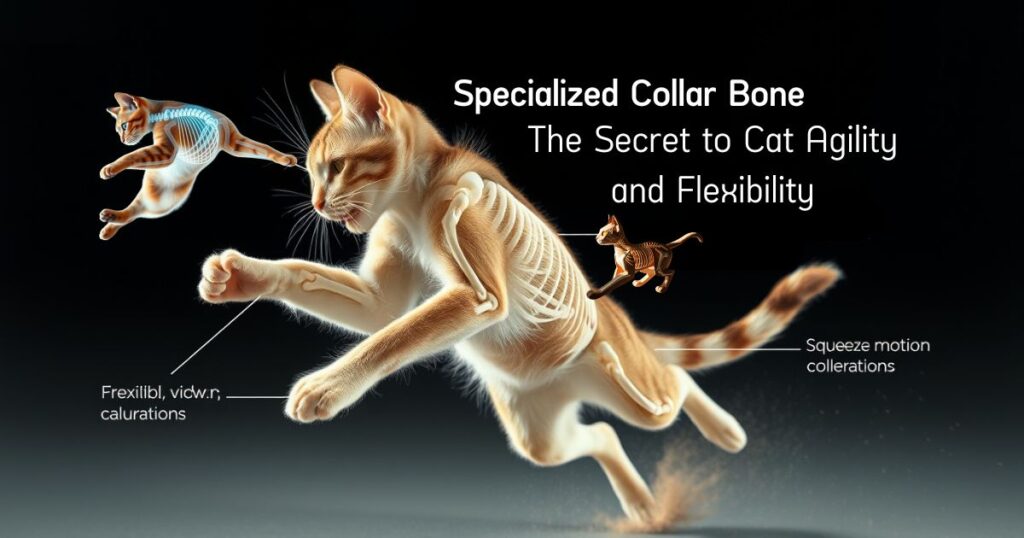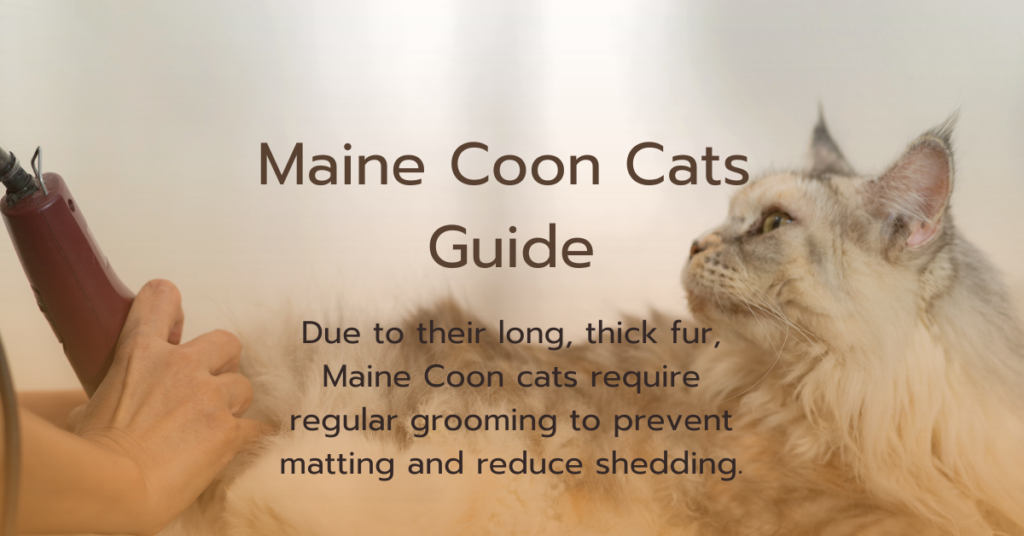Specialized Collar Bone: Cats are renowned for their incredible agility, flexibility, and ability to squeeze through tight spaces. One of the key anatomical features that enable these abilities is their specialized collarbone or clavicle. Unlike humans, cats have a free-floating collarbone that allows for a greater range of motion and flexibility. In this article, we’ll explore the science behind this unique feature, its evolutionary purpose, and how it contributes to a cat’s remarkable physical abilities.
Contents
- 1 What Is a Cat’s Collarbone?
- 2 The Evolutionary Purpose of the Specialized Collarbone
- 3 How the Collarbone Contributes to a Cat’s Agility
- 4 Comparing Cat Collarbones to Human Collarbones
- 5 The Role of the Collarbone in a Cat’s Hunting Skills
- 6 How the Collarbone Helps Cats Land on Their Feet
- 7 The Collarbone and a Cat’s Ability to Squeeze Through Tight Spaces
- 8 The Collarbone’s Role in a Cat’s Climbing Abilities
- 9 The Collarbone and a Cat’s Flexibility
- 10 The Collarbone’s Role in a Cat’s Balance
- 11 Common Misconceptions About a Cat’s Collarbone
- 12 The Collarbone and Its Role in a Cat’s Overall Health
What Is a Cat’s Collarbone?
A cat’s collarbone, or clavicle, is a small, rudimentary bone that is not attached to other bones in the body. Instead, it is embedded in the muscles of the shoulder region, allowing for greater flexibility and movement.
Why This Matters:
Understanding the structure of a cat’s collarbone helps explain their ability to navigate tight spaces and perform acrobatic feats.
The Evolutionary Purpose of the Specialized Collarbone
The free-floating collarbone is an evolutionary adaptation that allows cats to be highly effective hunters. It enables them to twist and turn their bodies mid-air, land on their feet, and squeeze through narrow gaps to catch prey or escape predators.
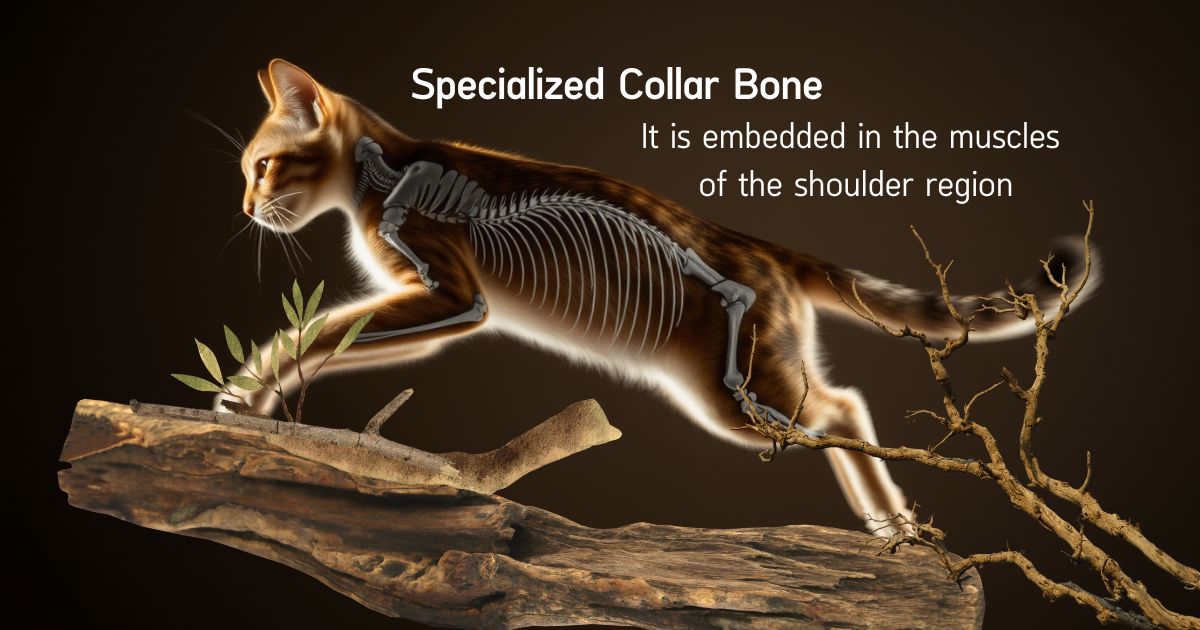
This fact highlights:
The role of evolution in shaping the unique anatomy of cats.
How the Collarbone Contributes to a Cat’s Agility
The specialized collarbone allows cats to rotate their front legs independently, giving them exceptional balance and coordination. This is why cats can climb, jump, and land with such precision.
This Matters:
This information helps cat owners appreciate the physical abilities of their pets and understand the importance of providing opportunities for exercise and play.
Comparing Cat Collarbones to Human Collarbones
Unlike humans, whose collarbones are connected to the sternum and shoulder blades, cats have a collarbone that is not attached to any other bones. This difference is what gives cats their extraordinary flexibility. This comparison provides a clear explanation of why cats can perform movements that humans cannot.
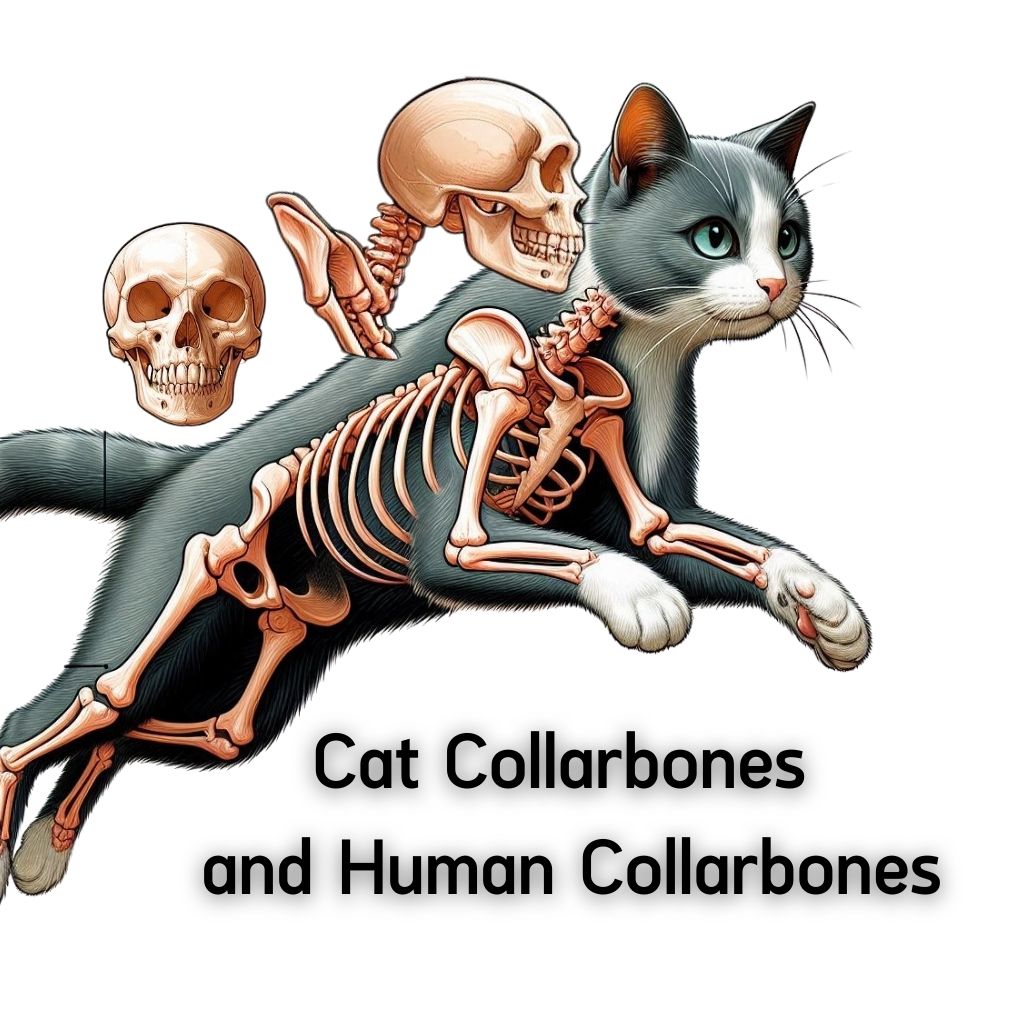
The Role of the Collarbone in a Cat’s Hunting Skills
This fact underscores the importance of a cat’s anatomy in their natural behaviors and survival instincts. The free-floating Collar bone allows cats to move their front legs in a wide range of motions, making them highly effective hunters. This flexibility enables them to pounce on prey with precision and navigate uneven terrain.
How the Collarbone Helps Cats Land on Their Feet
This information explains one of the most fascinating aspects of cat behavior and anatomy. Cats have a remarkable ability to land on their feet, known as the “righting reflex.” The specialized collarbone plays a key role in this ability by allowing the cat to twist its body mid-air and position itself for a safe landing.
The Collarbone and a Cat’s Ability to Squeeze Through Tight Spaces
The free-floating Specialized Collar bone allows cats to flatten their bodies and squeeze through narrow gaps. This ability is specifically useful for escaping predators or exploring their environment. This is the practical advantage of a cat’s unique anatomy.
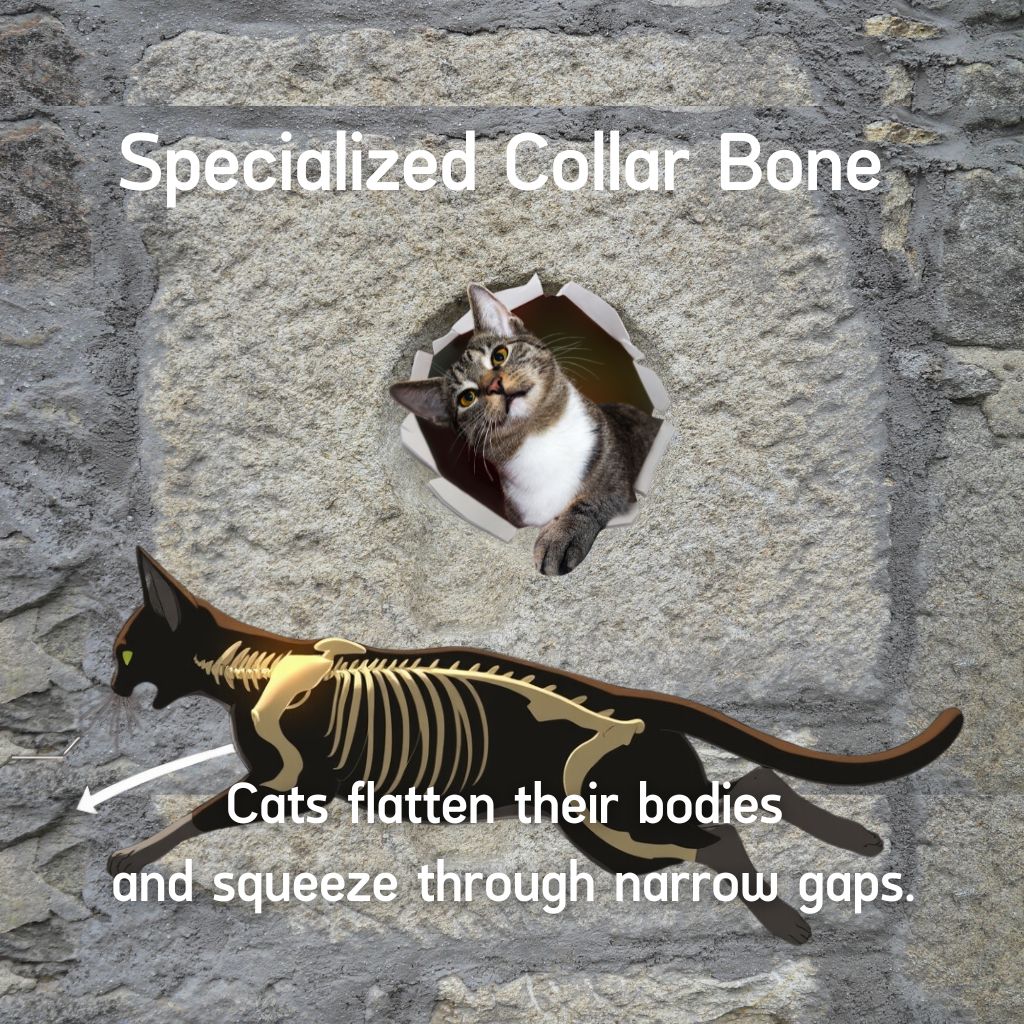
The Collarbone’s Role in a Cat’s Climbing Abilities
This information helps cat owners understand why their pets are so adept at climbing and how to provide safe climbing opportunities. Cats are skilled climbers, and their specialized collarbone contributes to this ability. It allows them to stretch their front legs wide and grip their surface with ease making it easier to climb trees, fences, and other structures.
The Collarbone and a Cat’s Flexibility
The free-floating collarbone is one of the reasons cats are so flexible. It allows them to contort their bodies into seemingly impossible positions, which is useful for grooming, playing, and exploring.
This fact showcases
Cats are incredibly adaptable and can survive in a variety of conditions.
The Collarbone’s Role in a Cat’s Balance
The specialized Collar bone contributes to a cat’s exceptional balance. It allows them to make quick adjustments to their posture, which is essential for walking on narrow surfaces or landing safely after a jump. This information highlights the role of a cat’s anatomy in maintaining agility and coordination.
Common Misconceptions About a Cat’s Collarbone
Debunking myths helps ensure that cat owners have accurate information about their pets. There are several misconceptions about a cat’s collarbone, such as the idea that it is absent or non-functional. In reality, the collarbone is present but highly specialized to meet the needs of a cat’s lifestyle.
The Collarbone and Its Role in a Cat’s Overall Health
While the specialized collarbone provides many advantages, it can also be susceptible to injury. Understanding the structure and function of the collarbone can help cat owners recognize potential health issues and seek appropriate care, the importance of monitoring a cat’s physical health and well-being.

